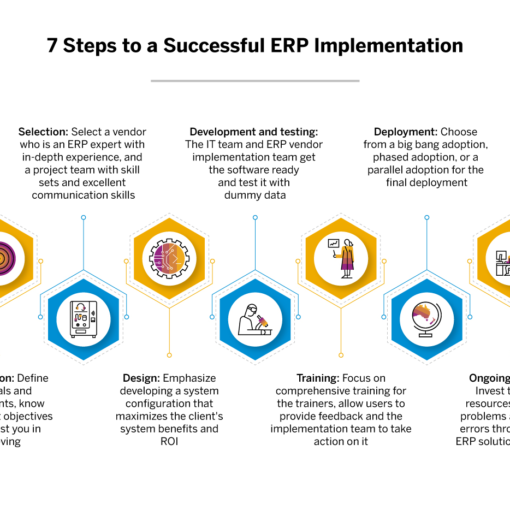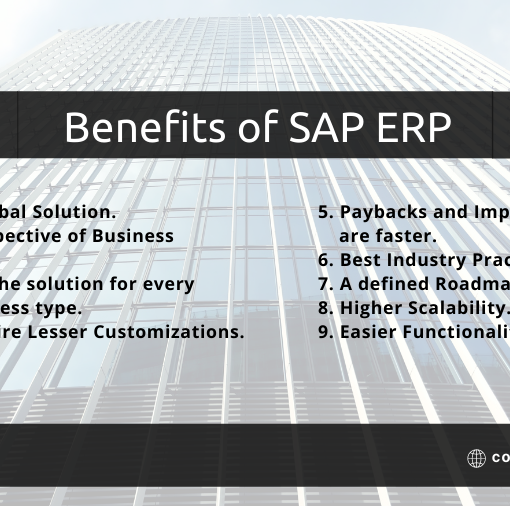In the rapidly evolving world of enterprise software, the move to the cloud has become a key driver of innovation. SAP, a leader in business applications, has embraced this trend with the introduction of cloud-native ABAP application development. In this blog post, we’ll explore what it means to build cloud-native ABAP applications, why it’s important, and how to get started on your journey to modern SAP development. Building Cloud-Native ABAP Applications
What Are Cloud-Native ABAP Applications?
Cloud-native ABAP applications are SAP applications designed and built to leverage the full capabilities of cloud computing. Unlike traditional on-premises ABAP development, which often relies on monolithic structures and rigid architectures, cloud-native ABAP applications are designed with a microservices-oriented, modular approach.
Key characteristics of cloud-native ABAP applications include:
- Microservices Architecture: Applications are decomposed into smaller, loosely coupled services that can be developed, deployed, and scaled independently. This allows for greater flexibility and agility in responding to changing business needs.
- Scalability: Cloud-native applications can scale automatically to handle fluctuations in workload, ensuring optimal performance without overprovisioning resources.
- Containerization: Container technologies like Docker are often used to package and deploy ABAP applications consistently across different cloud environments, enhancing portability.
- Continuous Integration/Continuous Deployment (CI/CD): Modern development practices, such as CI/CD pipelines, automate the testing, integration, and deployment of application updates, reducing manual effort and improving reliability.
- API-First Design: Cloud-native ABAP applications are designed with APIs in mind, making it easier to integrate with other systems and services, both within and outside the SAP ecosystem.
Why Build Cloud-Native ABAP Applications?
- Flexibility: Cloud-native applications are highly flexible, enabling businesses to adapt quickly to changing market conditions and requirements.
- Scalability: With automatic scaling, applications can handle varying workloads efficiently, ensuring a seamless user experience even during traffic spikes.
- Cost Efficiency: Cloud-native development often reduces infrastructure costs by optimizing resource utilization and moving away from costly upfront investments.
- Innovation: Embracing cloud-native practices opens the door to modern development tools, technologies, and practices, fostering innovation within your development teams.
- Better User Experiences: The modular and microservices-oriented architecture of cloud-native applications allows for faster development cycles, resulting in more frequent updates and improvements for end-users.
Getting Started with Cloud-Native ABAP Development
Now that we understand the benefits and principles of cloud-native ABAP development, here are the key steps to get started:
- Choose Your Cloud Platform: Select a cloud platform that suits your organization’s needs. Popular choices include AWS, Azure, Google Cloud Platform, and SAP’s own cloud offerings.
- Leverage Modern Tools: Invest in modern development tools and practices. Consider using containerization with Docker and Kubernetes for deployment and orchestration.
- Adopt Microservices Architecture: Break down your application into smaller, manageable microservices. Ensure each service has a well-defined purpose and API.
- Implement CI/CD Pipelines: Set up CI/CD pipelines to automate testing and deployment processes, enabling faster and more reliable updates.
- Foster Collaboration: Encourage collaboration among development teams and operations (DevOps) to ensure smooth transitions from development to production.
- Monitor and Optimize: Implement monitoring and observability tools to track application performance and resource usage, allowing for continuous optimization.
Conclusion
Building cloud-native ABAP applications represents a fundamental shift in SAP development practices. It empowers organizations to respond to market demands with agility, deliver better user experiences, and leverage the cost efficiency and scalability of cloud computing. As SAP continues to evolve in the cloud era, embracing cloud-native ABAP development is key to staying competitive and meeting the evolving needs of your business and customers. Start your journey today and unlock the potential of modern SAP development.





